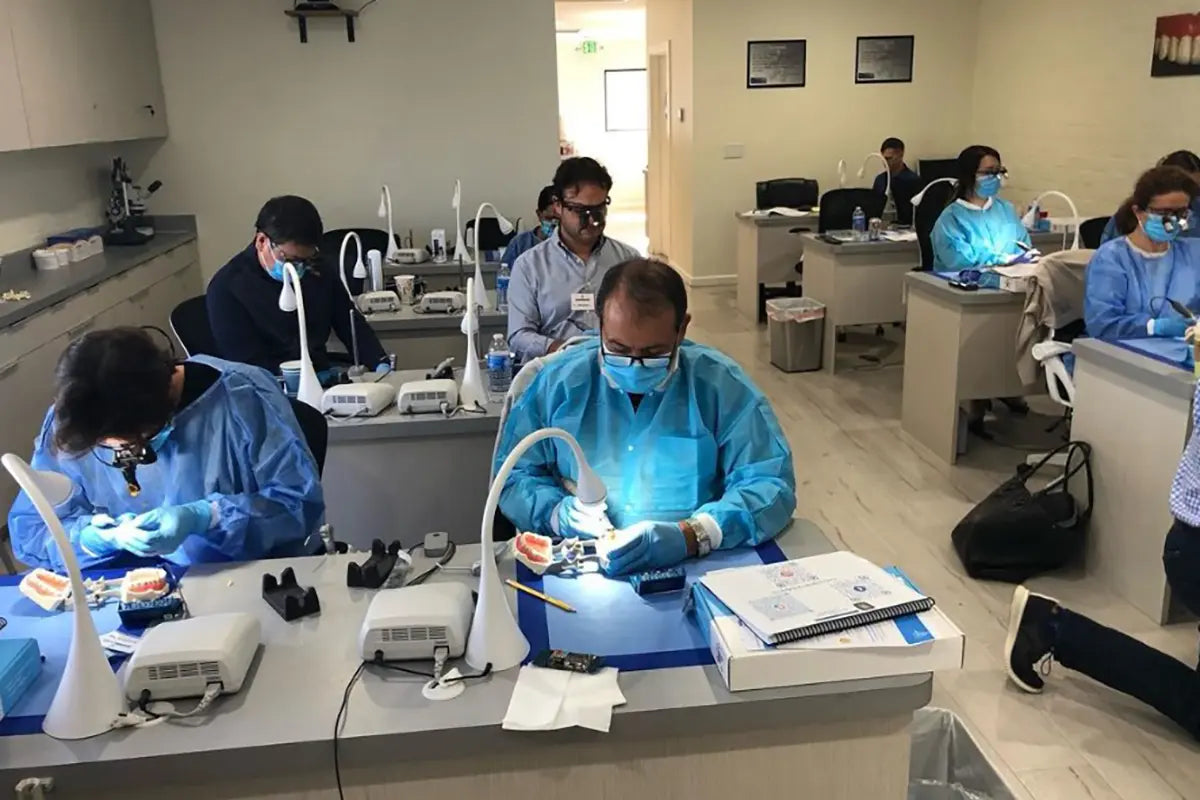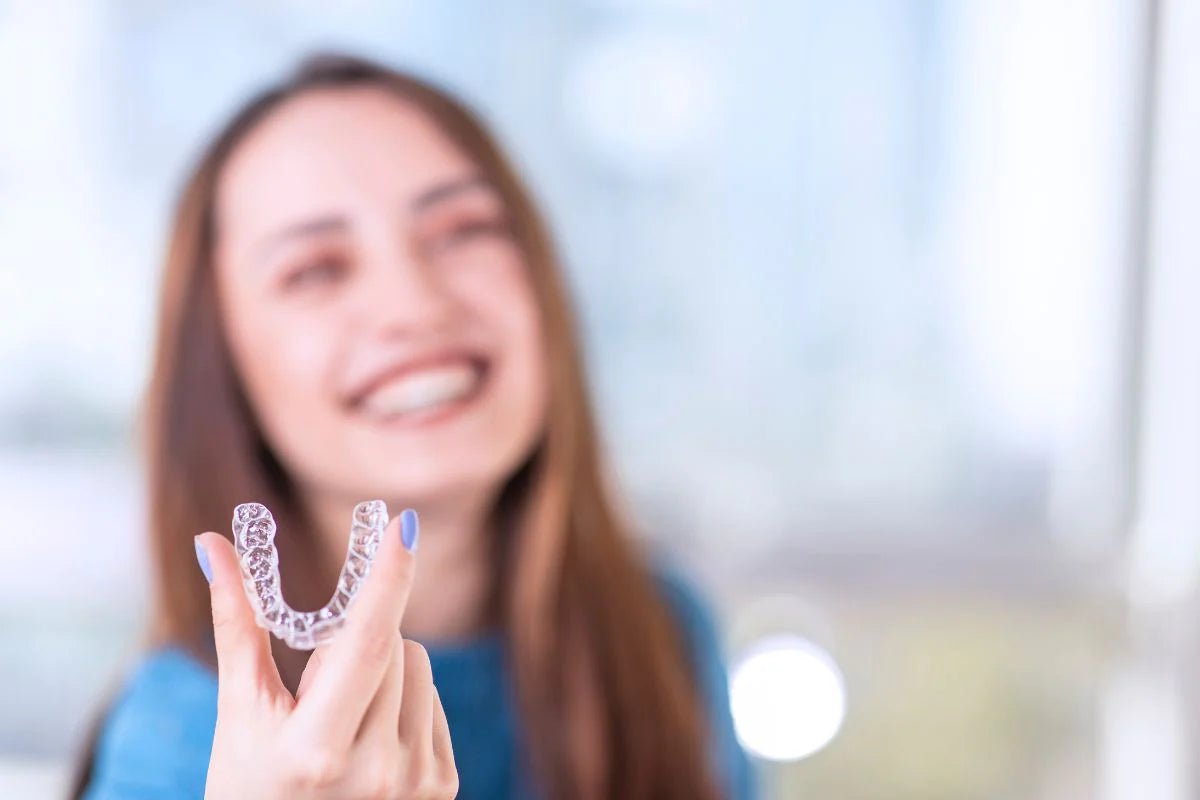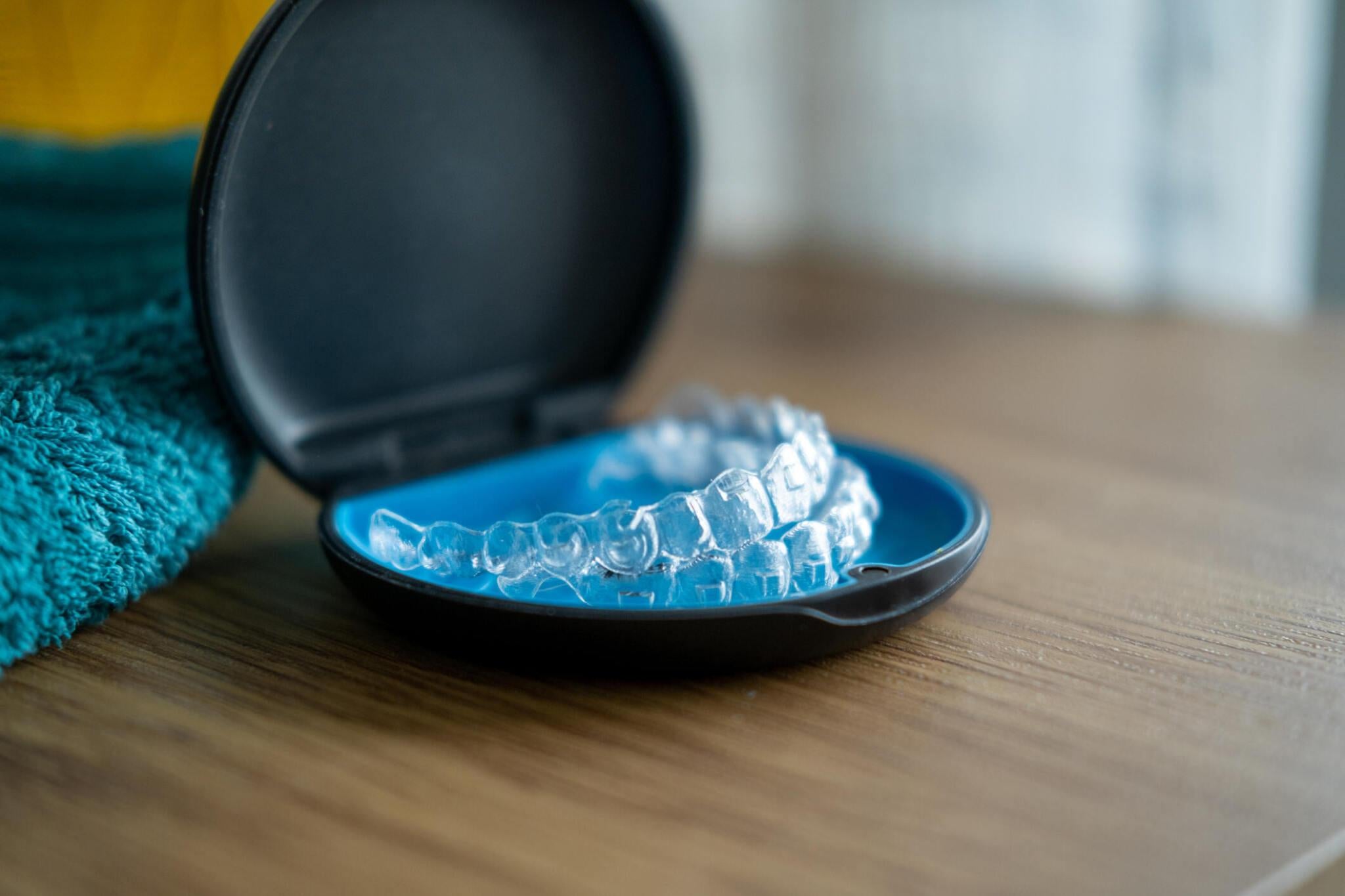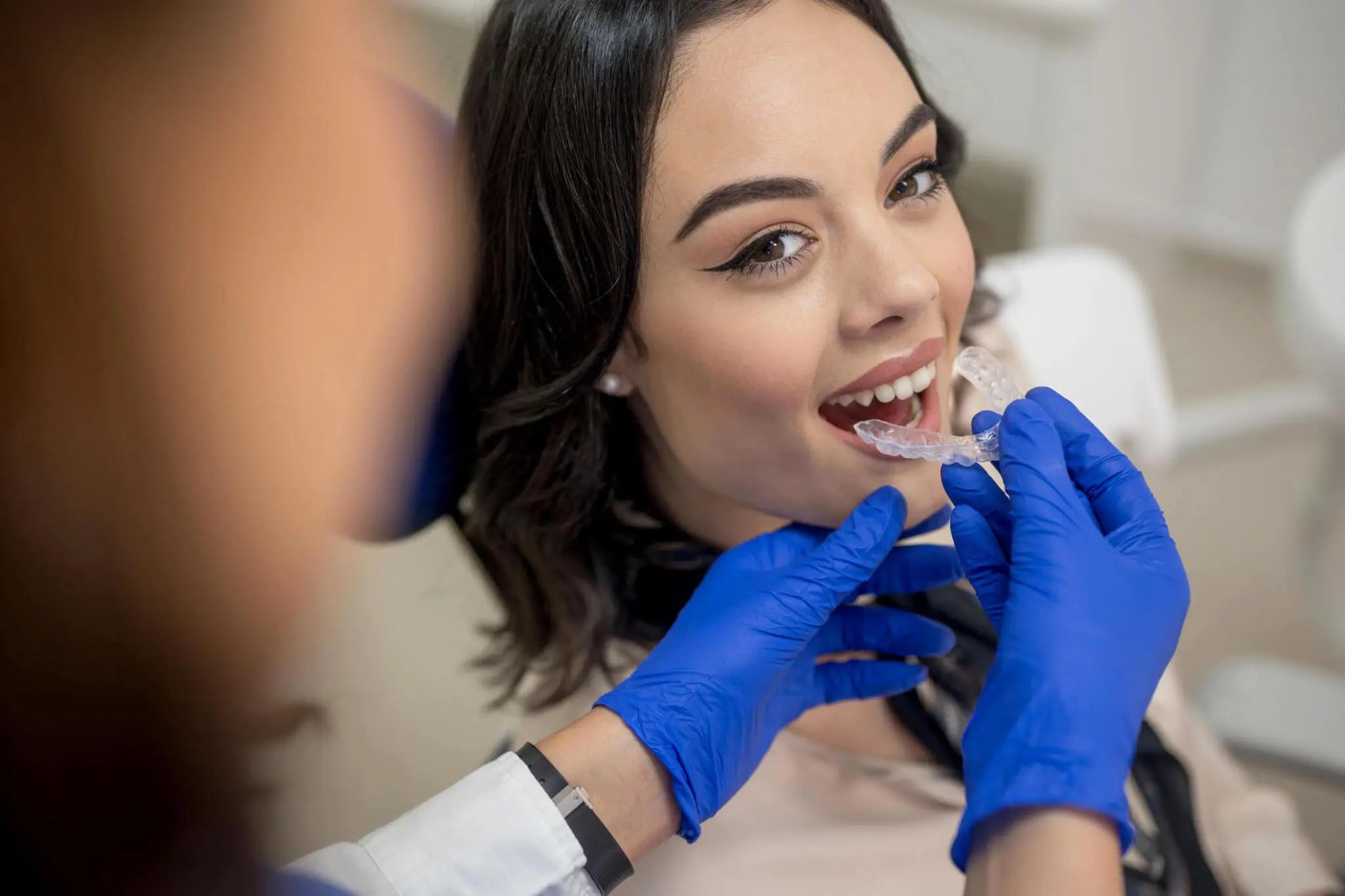Five Signs You're a Good Candidate for Invisalign
17.2% of patients, or one in every six patients, switched from Invisalign to braces, according to a recent study. This study only highlights the importance of understanding suitability for treatment because not everyone can be a candidate for Invisalign.
For instance, the study revealed that Invisalign treatment typically requires an average of 2.5 refinement scans, and only 6.0% of patients completed their treatment without any.
Additionally, the average length of Invisalign treatment was 22.8 months, which was 5.1 months longer than the estimated duration. Patients who switched to braces had an average of 80.6 aligners plus an additional 6.9 months of braces.
Knowing these factors beforehand allows for a more informed decision. That’s why this article will explore the key scenarios that a patient is a good candidate for Invisalign treatment, ensuring a smooth orthodontic treatment. We’ll also highlight these braces’ benefits and limitations.
Keep on reading to learn more.

Invisalign Aligners – Benefits and Limitations
Unlike traditional braces, Invisalign clear aligners straighten your teeth with nearly invisible, smooth plastic trays, offering a more comfortable and discreet orthodontic treatment. With over 17 million patients using Invisalign, it's become a leading choice for those seeking a more appealing teeth-straightening option.
Patients have a more significant influence on the designing aspect of orthodontic appliances. For instance, among the 17 million Invisalign patients worldwide, 4.5 million are teens.
Teenagers are often very conscious of their appearance. The high number of teenagers choosing Invisalign suggests that looking good is a significant factor in their decision-making regarding orthodontic treatment.
Before, orthodontic treatment focused primarily on functionality, leading to bulkier and more noticeable braces. The development of Invisalign reflects a growing desire for both effective treatment and aesthetics.
Since its introduction in 1997, many aspects of clear aligner technology have developed and improved. These developments included different attachment designs, new materials, and auxiliaries, such as “Precision Cuts” and “Power Ridges,” enabling additional treatment biomechanics.
Despite these advancements, many dental professionals would still recommend traditional braces over Invisalign aligners, especially for patients with severe malocclusion.
According to a study on tooth movement accuracy with clear aligners, some tooth movements were more challenging to achieve accurately with clear aligners than others. For example, tipping the back teeth (molars) was the most difficult.
Another research suggested that clear aligners may achieve the desired tooth movement around half the time. It's even less predictable for specific movements like pushing teeth inwards (intrusion), especially for the upper and lower front teeth.
Despite its known limitations, there are several benefits Invisalign can offer based on available evidence. However, treatment outcomes for clear aligners need to be taken with caution. Nevertheless, Invisalign's advantages and limitations are summarized as follows:
- Clear aligners work faster for minor cases but take longer for complex ones than traditional braces.
- Invisalign aligners can safely straighten dental arches in terms of leveling and “derotating” the teeth (except for canines and premolars, where a small inadequacy was reported) or the method of placing a rotated tooth in normal alignment in a dental arch.
- Additional attachments enhance the effectiveness of Invisalign for various movements, like widening back teeth, rotating canines and premolars, protruding upper front teeth, and fixing an overbite.
Invisalign May Need Reinforcements
As mentioned earlier, clear aligners may sometimes require additional attachments to improve their effectiveness. Like traditional braces that use rubber bands, these attachments provide extra force for certain tooth movements.
Here’s where Invisalign attachments or buttons come in handy.
These tiny attachments are securely bonded to your teeth using dental composites. They are carefully placed at precise locations to provide a better grip for the aligners, guiding your teeth toward their ideal positions. In some cases, you might also need buttons, which are small anchors used to attach rubber bands for more targeted adjustments. Buttons can be tooth-colored or metal, with metal ones typically used on the less visible back teeth.
During your consultation, your orthodontist will determine whether your clear aligners are enough to move some teeth.
Attaching these buttons can be a breeze. Your dentist will make a template marking exactly where these buttons should be placed on your teeth. After that, your teeth will undergo cleaning for proper bonding. A special light will be used to attach and harden the composite material using the marked spots as a guide,
Is Invisalign Right For Me?
Now that we've explored Invisalign's advantages and limitations, let's delve into the key factors that make someone a good candidate for this treatment. Understanding these scenarios or signs will help determine if Invisalign can help you achieve your desired smile. To put things into perspective, remember these considerations:
Clinical considerations
- You have mild to moderate crowding or spacing issues. When we say mild, it means the tooth is either slightly out of alignment or there's a small gap (1-3mm) next to it. Moderate crowding means your teeth are somewhat crowded, with 2-3 teeth slightly overlapping or a moderate gap (4-8mm) needing correction.
Non-clinical considerations
- You've previously worn metal braces, and you prefer clear aligners to retainers to maintain the alignment of your teeth.
- Your focus is on aesthetics, comfort, and more discreet treatment.
- A longer treatment time is acceptable for you.
- You can follow a strict treatment plan, which includes wearing the aligners for the prescribed duration and attending regular check-ups.
Consult an Orthodontist in Culver City
Whether considering Invisalign for the first time or looking for an alternative to traditional braces, the signs we discussed can help you make an informed decision. By considering both the clinical and non-clinical aspects, you and your orthodontist can work on an effective treatment based on your individual needs.
Remember, determining your suitability for this treatment is just the beginning of a lengthy restoration journey. There are other considerations you must keep in mind: your budget, ability to comply with specific routines cleaning your Invisalign, and proper wear time.
You don't have to worry because you will not journey alone. Your orthodontist in Culver City will explain everything you need to know to optimize your treatment. Ultimately, a dental professional's guidance is crucial for a successful orthodontic plan. To ensure Invisalign is the right choice for you, consult us at United Dental Care. Together, we can create a personalized treatment plan that fits your goals, budget, and commitment level.
Achieve that dream smile you always wanted!




 By:
By: 

